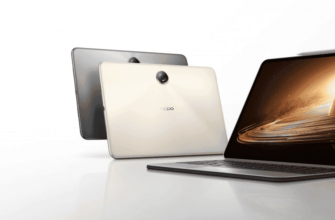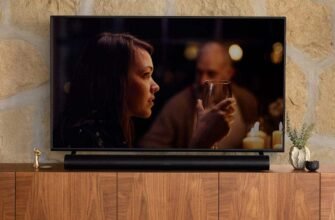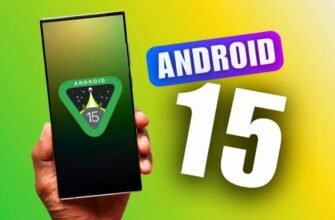It is already known that the European Union is trying to unify the charging interface for devices. Nowadays we often hear questions like "Do you have an Apple (or iPhone) charging cable?". And they answer you: "No, I'm using Android."
This situation can be really inconvenient when you are in a tight spot and can't use your device. Europe is trying to curb this situation with the unification of charging interfaces. The EU requires the electronics industry to use USB Type-C as the standard for charging equipment to reduce e-waste and provide consumers with a more user-friendly user interface.
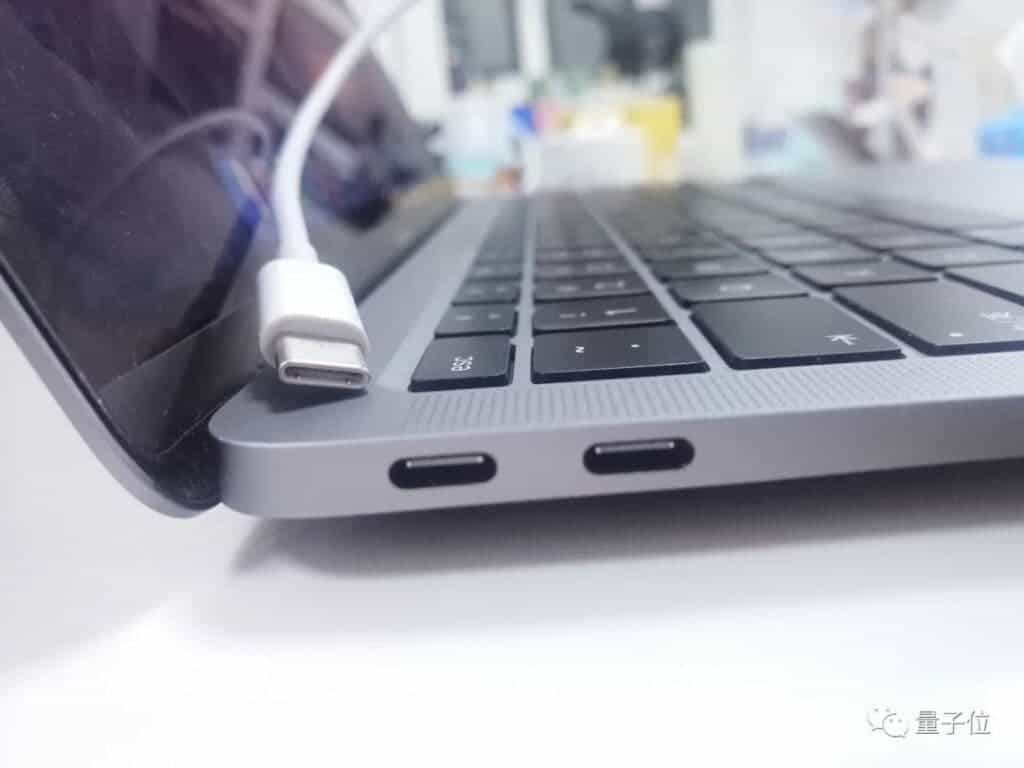
The European Commission has proposed that USB Type-C become the standard port for all smartphones, tablets, cameras, headsets, Bluetooth speakers and game consoles. At home or on the go, you only need one charger, regardless of how many devices you have. Of course, it will be much more convenient.
Let's look at four main points as the EU plans to unify the charging interface.
Item 1: EU proposal
First of all, the EU proposal should be taken into account. We all know the EU wants USB Type-C for all devices. However, this is not all that the EU needs to unify the charging interface. Other requirements include:
- Other interfaces, such as Lightning, will be banned in the European market.
- Fast charging technology will have a standard charging speed. The parameters of the charger of each seller must be at the same level. This will ensure the compatibility of different devices.
- Chargers will be sold separately from electronic devices. Consumers can choose whether or not to purchase chargers.
- The manufacturer must clearly indicate the charging parameters of the electronic device. It is up to the consumer to decide whether to upgrade the charger.
- In other words, the European Union wants to make both the charging interface and the fast charging standard unified.
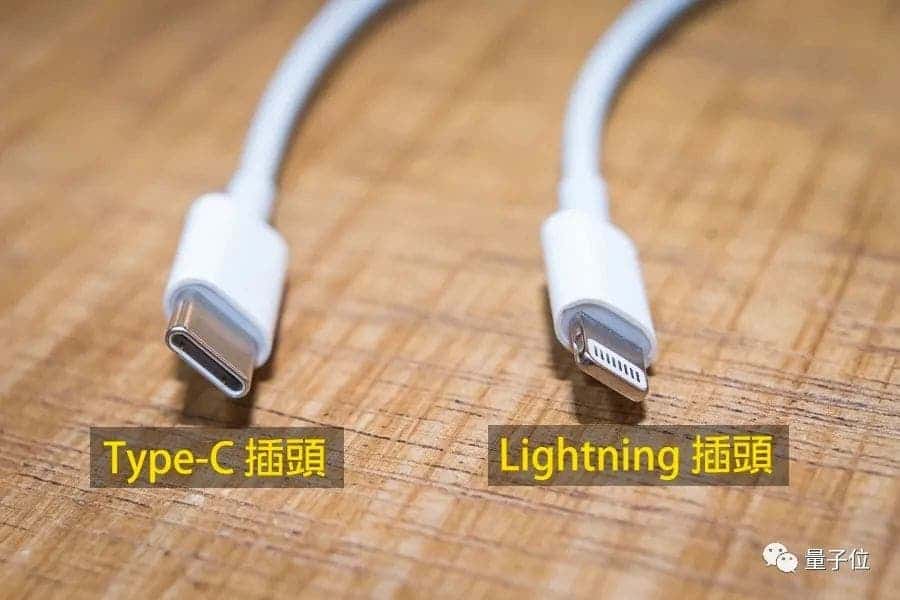
Point 2: Current market situation (charging interface)
There is a huge amount of confusion over the charging interface in the market right now. There are different types of charging interfaces for different devices. However, the USB and Lightning interfaces are the most common today, but the USB Type-C port can be adapted to USB 3.0, it is much more powerful than the Lightning interface in terms of transfer speed and power.
Point 3: Ambiguity in the Android world
Android and Apple chargers are not compatible. But can Android chargers from different manufacturers be universal? Although most of these Android devices use the same USB Type-C interface, they have different power levels. In addition, various mobile phone manufacturers have developed their own unique fast charging technologies. Currently, fast charging with a power of more than 50 W is very popular.
The Chinese manufacturer Xiaomi used the 50 W standard a few years ago, and with the Mi 10 Ultra, this standard went up to 120 W. Vivo and Oppo have fast charging technologies up to 120W and 125W respectively.
So, can chargers with other fast charging capacities work with your device? Yes, but not necessarily. Devices that do not support the charging capacity of the charger will not show the charging speed. For example, a smartphone that supports 25W fast charging will not charge at 120W even if you use a 120W fast charger. This smartphone will charge at best with the maximum 25W it supports.
Now the European Union wants to unify both the interface type and the fast charging standard. Thus, if you have a smartphone charger, then there will be no doubt that it will charge any smartphone.
Users will like this policy because it keeps costs down. You don't need to buy another charger because you have a new smartphone.
Point 4: manufacturers do not want to unify
However, the EU will have to face some difficulties. Many manufacturers are not very happy with this new policy, and the main one is Apple. Why do manufacturers not want to cooperate? After all, they will still receive a profit from the sale of these chargers.
Android manufacturers independently develop fast charging technology to achieve record sales. Since you will have to buy accessories, you will need a charger. Android manufacturers often release a smartphone that supports 120W fast charging. However, you will get a 50W fast charger in the box. This means that if you want to get 120W fast charging, you have to buy a 120W fast charger separately.
Although the industry agreed ten years ago on the initiative of the European Union to reduce the number of chargers from 30 to three, everyone is still trying to set the technical parameters on their own.
The dispute between Apple and the EU standard for universal chargers has been going on for more than a decade. The proposal of the European Union this time brought the situation to a critical level. At the stage when the European Union initiated the use of a single micro-USB standard, Apple was still developing the Lightning interface on its own and ignored this provision by adding a micro-Lightning adapter.
Subsequently, the European Union again included a single standard for chargers on its agenda. Last year, the European Parliament voted and adopted the resolution 582:40.
Apple immediately issued a statement saying the EU move would "stifle innovation". In addition, the company claims that "The reform of the charger is absolutely environmentally dangerous." To prove that keeping the Lightning interface can be environmentally friendly, Apple released the iPhone 12 without a charger in the box. According to the company, this measure saved 861 tons of metal resources. However, due to Apple's exclusive chips, consumers must purchase chargers separately at high prices.
Visnovok
There is reason to believe that the European Union is now targeting Apple. One reason is that it eliminates Apple's Lightning interface, which is at a huge disadvantage in terms of the number of devices that use it.
However, the EU industry chief said: "We are not targeting Apple, we are not targeting anyone." And from a consumer perspective, that should be a good idea, because it's nice to know that any charger you can get your hands on can charge whatever device you want.

